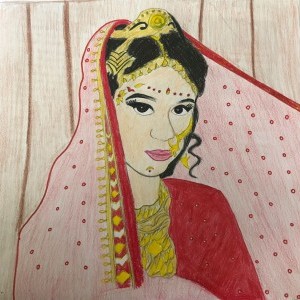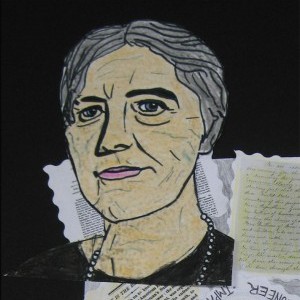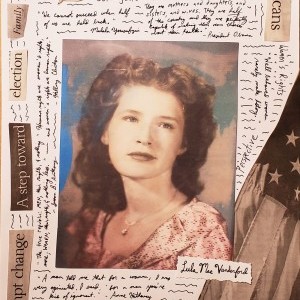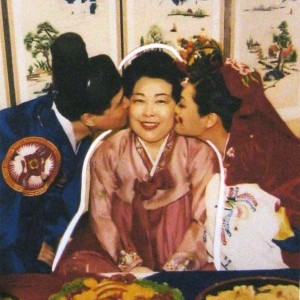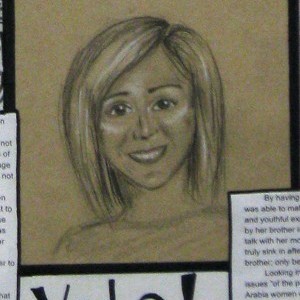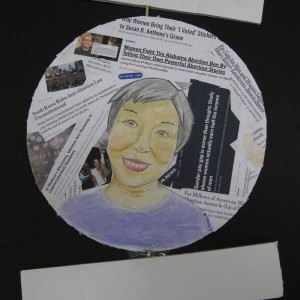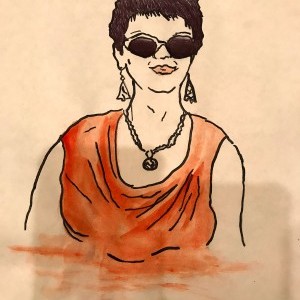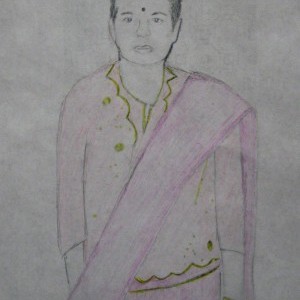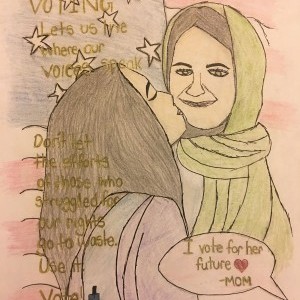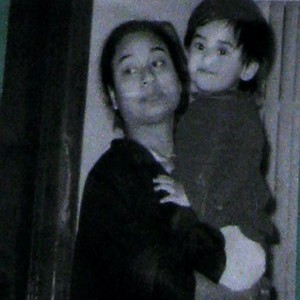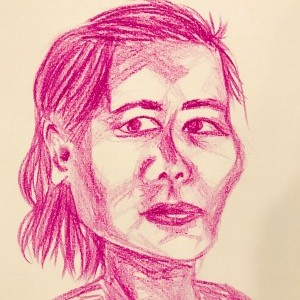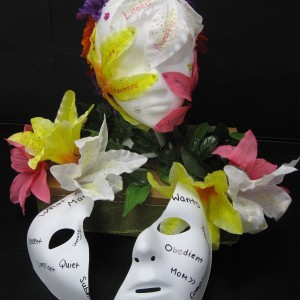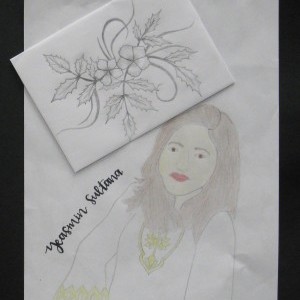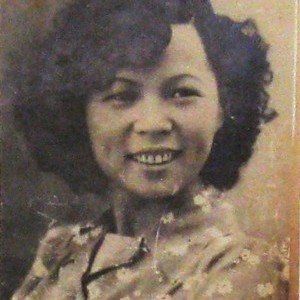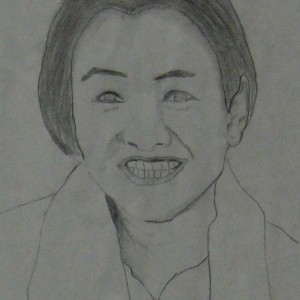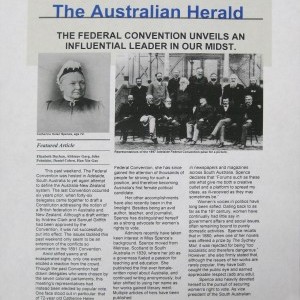Awestaa Zia, Kenney Son, Jacqueline Woo, Rachel Zheng, Anastacia Sachione & Jasmine Sahai
Townsend Harris High School | Flushing, NY | 11th Grade
Inspirational Family Member
My Grandmother
My grandmother, Khadija Haq, was born in 1946 in Kabul, Afghanistan to a family of tailors. She had three sisters and one brother who were all much older than her. When she was two years old, Khadija’s mother passed away. Her father, who tailored for the royal family, enrolled his older daughters in a sewing school so they would have professional skills. Khadija became a teacher after graduating public high school in 1963. Later that year, Khadija’s father passed away.
Khadija moved from Kabul to Baghlan to live with her brother, Abdul Ahab, an architect. In Baghlan, Khadija taught social studies to 6th graders and after a year, Khadija was promoted to principal of the school. While principal, Khadija was recruited to study in the Philippines. In Manila, Khadija learned about the education system in the Philippines which the Afghan government hoped to implement in their own schools. Khadija lived in Manila for three months and then returned to Kabul to live with her sister, Zara. She began teaching at a school and there she also became the principal. Khadija taught there for many years and in 1969, she voted for the first time.
At the school Khadija worked at, a coworker, who was friends with a candidate running for parliament, invited Khadija to vote. Khadija and other women who taught at the school went to the candidate’s house. He was extremely wealthy and hosted 300 people in his backyard where he provided lunch to everyone. Following lunch, cards were distributed and Khadija marked his name and placed it into the election box. At this time in Afghanistan, providing a good meal to someone was a huge deal and Khadija decided to vote for this man.
Uncertain of his name or whether he was elected, Khadija retrospectively says elections were easily influenced and she never voted again due to political unrest in Afghanistan. My grandmother’s experience is a special one in that although women were allowed to work and vote, women were strongly discouraged because they were expected to stay home. Despite the stigma around women voting, my grandmother still voted. My grandmother’s life is very different than mine as she lost her parents as a child and she began her career and studied abroad at a young age. In conclusion, it’s a very powerful thing that my grandmother voted because society discouraged women from being active in her time.
Historical Figure I Admire
Christabel Pankhurst
Christabel Pankhurst, daughter of Emmeline Pankhurst, was born in Manchester, England on September 22, 1880. This mother-daughter duo was well-known for their efforts in the women’s suffrage movement in England-namely their advocacy of violence to bring about change. This was evident in the formation of the Women’s Social and Political Union (WSPU), an organization they co-founded in 1903 that aimed to employ militant campaigns for the cause of women’s suffrage.
Pankhurst’s inclination towards militant tactics stemmed from a rejection of the traditional, peaceful methods that were implemented by suffragists at the time; she believed that acts of physical force would be more effective at spreading their message as it drew more attention to their cause. Societal norms dictate that women should be docile and dainty, so Pankhurst’s violent approach was meant to cause a big stir among the general population and help to publicize what they were, both literally and figuratively, fighting for. Pankhurst also elucidated that they were legally justified in exerting physical force in that they were exercising self-defense in protection of their rights.
The campaign of WSPU commenced in 1905 when Pankhurst, partnered with Annie Kenney, attended a Liberal Party meeting where they began causing a commotion and demanding that women have the right to vote. Police were called in to remove them from the premises, but Pankhurst and Kenney brutally resisted. This resulted in the arrest of both women, after which Pankhurst was charged with assault and Kenney was charged with obstruction of justice. Their attitude of active resistance continued as Pankhurst refused to back down during a courtroom speech. She shamelessly acknowledged her crimes and conveyed that there was no other course of action she could or would have taken. Both women were issued a fine, which they refused to pay, and were then imprisoned. The nation was shocked after word of this incident diffused. As expected, the women’s use of aggression was jarring and stood out as a precedent, as the application of such tactics had been unheard of in the women’s suffrage movement prior to that point.
The WSPU would go on to participate in many demonstrations. Notably, several members engaged in hunger strikes upon being imprisoned for their efforts. They refused to eat while being detained, thereby exhibiting their determination towards their cause. Fearful of the prospect that these women might become martyrs, authorities proposed the idea of force-feeding them as a punishment for their crimes. This only strengthened the argument of the WSPU that women were being tortured and mistreated and thus deserved to have more rights and power. Authorities were left with no choice but to release the female inmates.
It is important to note that the goal of the WSPU was to achieve suffrage for a select group of women rather than universal suffrage. The select group of women had to meet a property qualification and were generally of the wealthy or middle class. Grievances were expressed over the exclusion perpetuated by this organization. Emmeline and Christabel Pankhurst only enforced this exclusionary attitude through their tendency of not consulting other members of the organization before making decisions, much to the chagrin of working class women and even Christabel’s sisters, Sylvia and Adela. Although the work of Christabel Pankhurst and the WSPU was not able to break down socio-economic barriers between women, it undoubtedly contributed to the increase of awareness over women’s suffrage in Britain and the rest of the world. Without the efforts of the Pankhursts, the status of women’s suffrage may not have progressed to be where it is today.
SOURCES +
What the Project Means to Me
After completing our project on researching the life of Anita Augspurg and interviewing a family member, Khadija Haq, my group and I examined and learned about the struggles and achievements of both of these women’s lives. Looking through the lens of Anita Augspurg’s life, she was a woman who worked to reform women’s suffrage and inequality especially regarding politics, finance, and education. Despite facing the struggles of being a woman strained by societal standards, she created numerous organizations and campaigns to improve the lives of women and ultimately bring peace to her country by breaking away from the patriarchy. As a result of her hard work and determination, her movement expanded, inspiring many more activists to join her in paving the way for women’s suffrage and equality. Looking at Khadija Haq’s story, we learned that she grew up in Afghanistan and was a teacher who traveled to several different countries to teach. She recalled that during her time in Afghanistan, she along with other women were often discouraged to vote as they were expected to always remain home as housewives. Khadija Haq however voted despite the stigma around women voting. By learning about the stories of these educated and driven women, we began to understand the importance of standing against the status quo, advocating for what we believe is right despite objections, and fighting for our own natural rights, especially the right to vote. As women, we have every right to vote for how we want to be governed and should be able to decide on what is best for the country that we are living in alongside with men.
It is of utmost importance for women to vote at all levels such as local, state, and federal because the voices of women need to be heard and represented in the government that is supposed to be representing them. If there are issues on policies made regarding the treatment of women, women need to vote in order to express their opinion on those matters. During this project, we learned that women are often deterred from getting their education and receiving the same rights as men are given, and by encouraging women to vote and fight for their rights, they are opening new opportunities for themselves. The stories of these two strong women have helped us see the common struggles a woman faces as she is being held to societal standards and inspired us to instead defy these standards and push for change until we are treated as equals.
Explore the Archive
More From This Class
Click on the thumbnails below to view each student's work.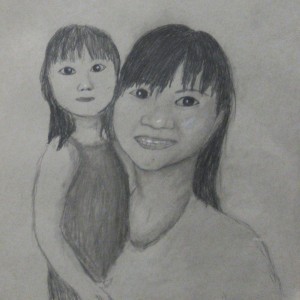
Vivian Chen, Josephine Chen, Ivan Chan, Zafirah Rahman, Neeharika Reddy, Daniel Shi, Daniel Shi, Jacqueline Cho & Osiris Guerrero
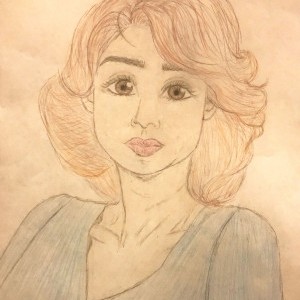
Jennifer Moran, Adebola Ademola, Julia Hong, Vicki Kanellopoulos, Inga Kulma, Maimunah Virk, Deborah Molina & Kailey Van
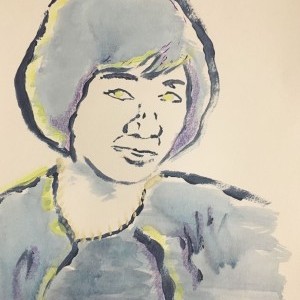
Kristina Chang, Sarah Chowdhury, Bethany Leung, Letian Fang, Cathy Choo, Kelly Chan, Emily Tan, Adamary Felipe & Kenney Son
Deadline Extended
There's still time to join Women Leading the Way.
Become a part of our storytelling archive. Enroll your class today.
Join the Project

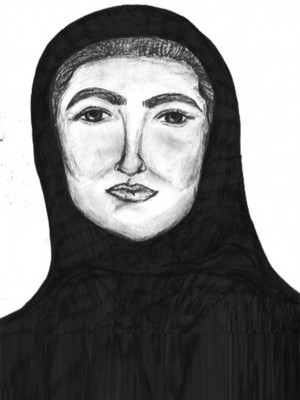
-Hist-CPankhurst-archive.jpg)
